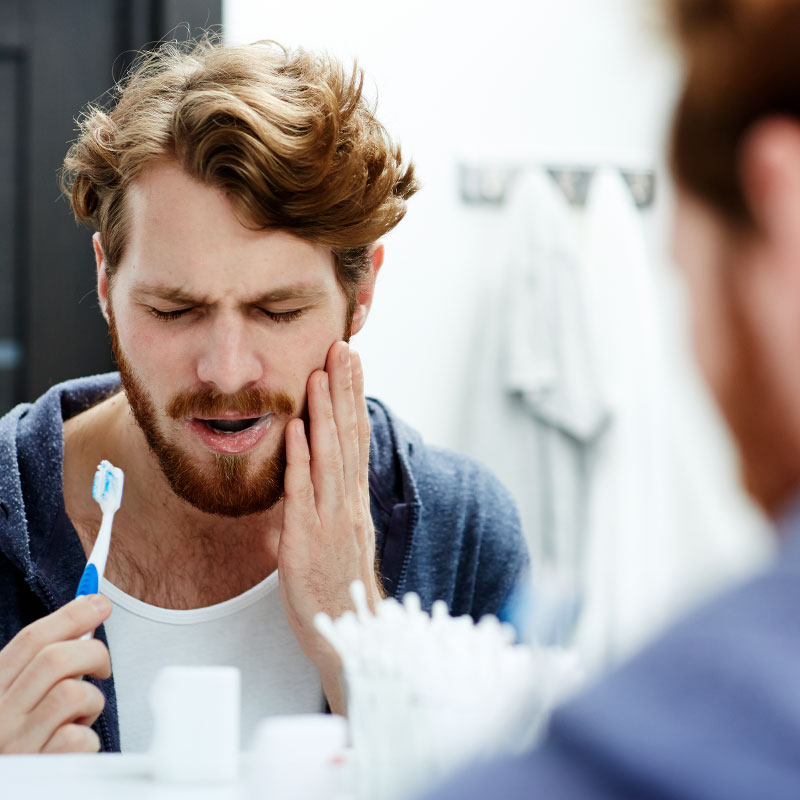Emergency dental appointments in Essendon
We know that dental problems don’t always wait to happen during working hours. This is why we offer same-day, and where possible, out-of-hours affordable emergency dental care.
Whether you need to find an emergency dentist in Essendon, Niddrie, Strathmore, Airport West, Pascoe Vale South or other surrounding areas, our central location with easy parking and transport options makes it easy for you to visit us quickly and easily.
If you need urgent dental treatment, please call us immediately
9379 1893
When might I need emergency dental treatment?
The following situations occur commonly, and if you are experiencing any of these, please follow the instructions about what to do, and contact us as soon as you can for next steps.
- Knocked out tooth
- Partially dislodged tooth
- Severe toothache
- Chipped or broken tooth
- Lost filling
- Lost crown or veneer
- Gum abscesses and swollen gums
- Soft tissue injuries
- Trapped object between teeth
- Broken brackets, bands or wires

What to do in a dental emergency?
If you’re in a dental emergency, it’s essential to act fast to reduce pain and prevent further damage. The most important thing to do is to contact your dentist right away. They can assess your situation and provide the necessary treatment.
Request an emergency appointment now
We understand that dental emergencies can be uncomfortable and even upsetting. That’s why it’s vital to take action as soon as possible. No matter what your emergency may be, we are here to help you at the earliest opportunity.
Don’t hesitate to call us if you’re unsure whether your situation qualifies as an emergency. We’re happy to assist you over the phone and help determine the best course of action.
"*" indicates required fields